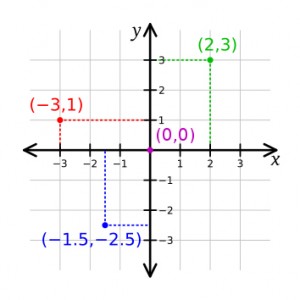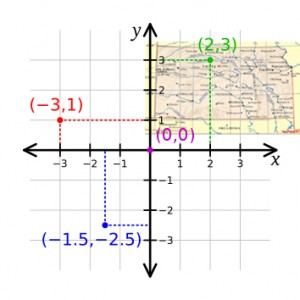Last year Garmin introduced three new handheld GPS devices for the Montana range. There was the new 650T, 650, and 600 all of which come with an extra large 4-inch display and as well as offering voice guidance if you wish to also use it in your car as a standard GPS. However, its main use is for those adventuring in the great outdoors. Read on for a review of the Montana 650T detailing the functions that make it a cutting edge outdoor GPS handheld that is perfect for adventurers.
Montana Comes with a Large Touch Screen Display
From the outside the Montana 650T does look a bit like the existing Garmin Oregon product. The Montana’s appearance is dominated by the touch screen display which is large enough to be operated when wearing gloves which is perfect for outdoor use in rugged environments. There is a button on the right edge of the case which lets you regulate the backlight and volume and the casing is very robust as well as being water resistant with all ports are hidden behind solid rubber caps.
Loads of Memory Storage for New Garmin Maps
There is plenty of storage space for maps with an internal memory of 7.35 GB, of which about 3.2 GB is freed up for user data that you generate whilst using the handheld. There is also a micro SD memory card slot so you can upload additional GPX files such as way points, tracks, and geo caches.
Use the Virtual Keyboard and Clear Display
The 4-inch resistive touch screen display shows a large virtual keyboard that lets you enter text and shows clearly defined maps. Comparing the Montana to the Garmin Oregon, this screen is almost double the size and has clearly been designed to be used by people who are going to be battling the elements where visibility could be poor. The backlight is only used when sun light hits the display at an awkward angle but in most scenarios no additional lighting is necessary. The display is far brighter than in any other outdoor GPS device by Garmin. However, this can lead to a short battery life if you turn the display up to full brightness for extended periods of time.
Interestingly, the antenna appears on the back – next to the camera lens – so in order to record your progress via GPS it is usually best to strap the Montana vertically to your backpack straps so that the antenna has a clear view of the sky. If you carry the Montana horizontally in front of your body then you might not get a great reception which could be an issue whilst in dense forest.
Improved Software Enhancements and Easy to Use Menu
The software shows many improvements compared to the old Garmin Oregon and there are many different configuration options that are accessed using a three-page menu structure. Each page has easy to understand icons which you can slide between using your finger.
The Garmin Montana offers the same features as the other GPS handhelds from Garmin included paperless geo caching, track and GPS navigation, Topo maps, and more. To load new maps you can use the following types of cards: City Navigator, BlueChart marine, outdoor topographic maps, satellite images, raster, and OpenStreetMap compatibility – if you wish to buy additional maps for your Montana then you should use a Garmin Discount 2012 coupon to save yourself some money.
Comes with a Digital Camera for Geo Cachers
There is also a digital camera included with the Garmin Montana, letting you take photos as you hike. It uses a 5 megapixel digital camera – this could be good for geo cachers as they can scan a clever hiding place, or perhaps a geologist who wishes to make an image of a new find.
Conclusion: The Garmin Montana is very similar to existing Garmin GPS handhelds, with the addition of a camera and a larger display. Whilst this might not be enough for existing users of older models to be persuaded to upgrade, it is a superb handheld for people who do not yet own a device like this. Prices start around $200 US Dollars although you might want to wait until the new Garmin Fenix watch hits the shelves later in the year before purchasing.

